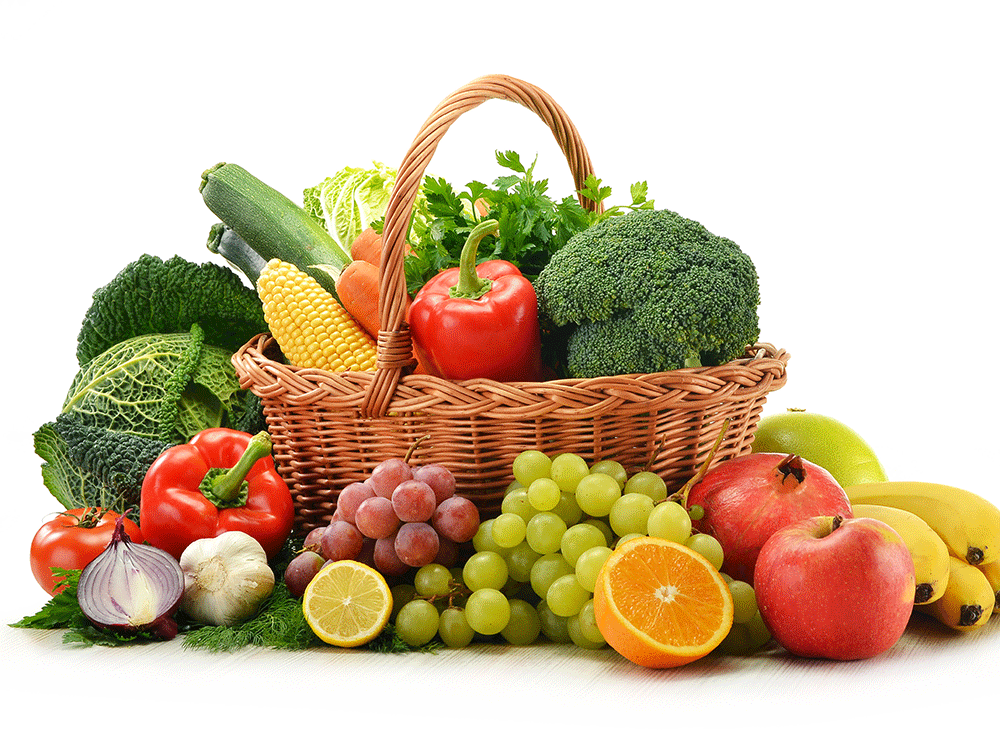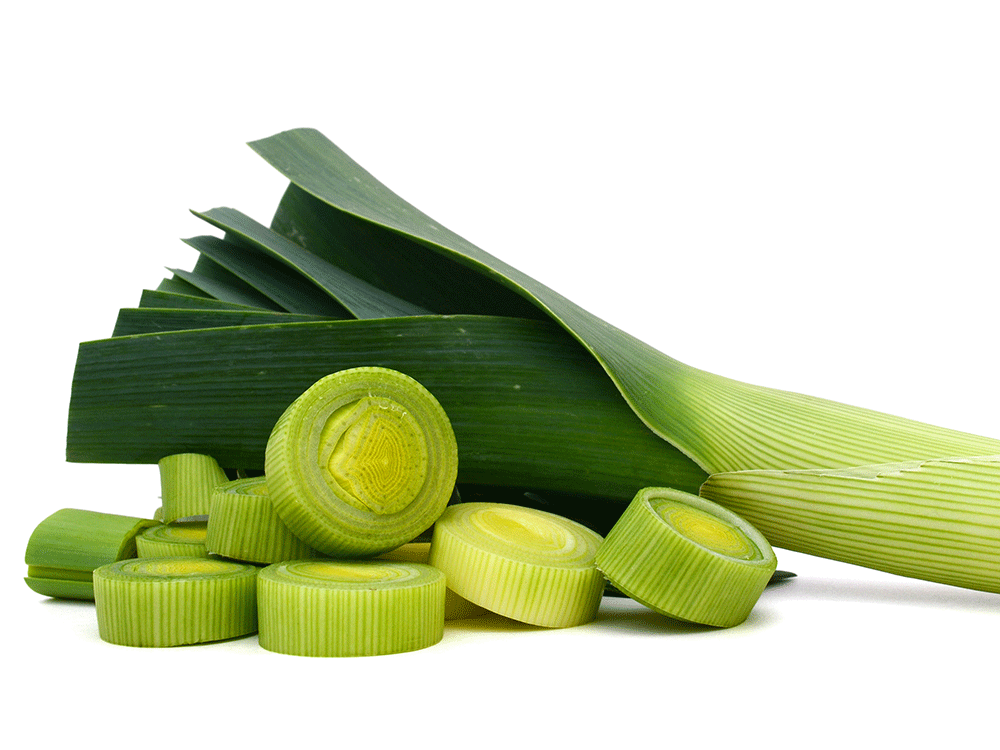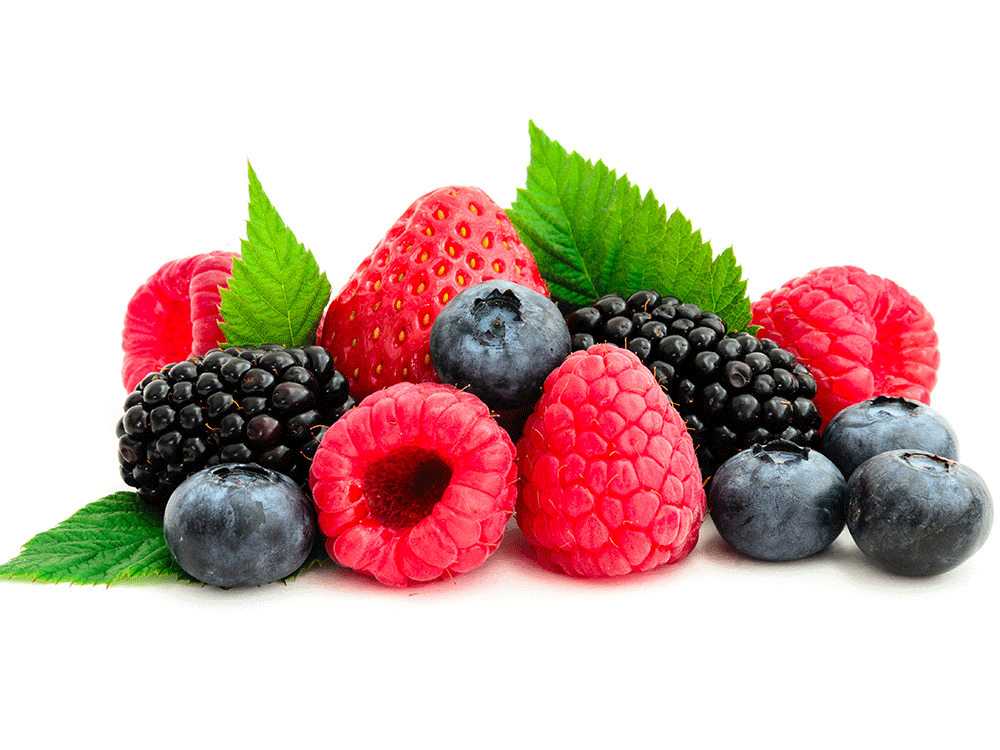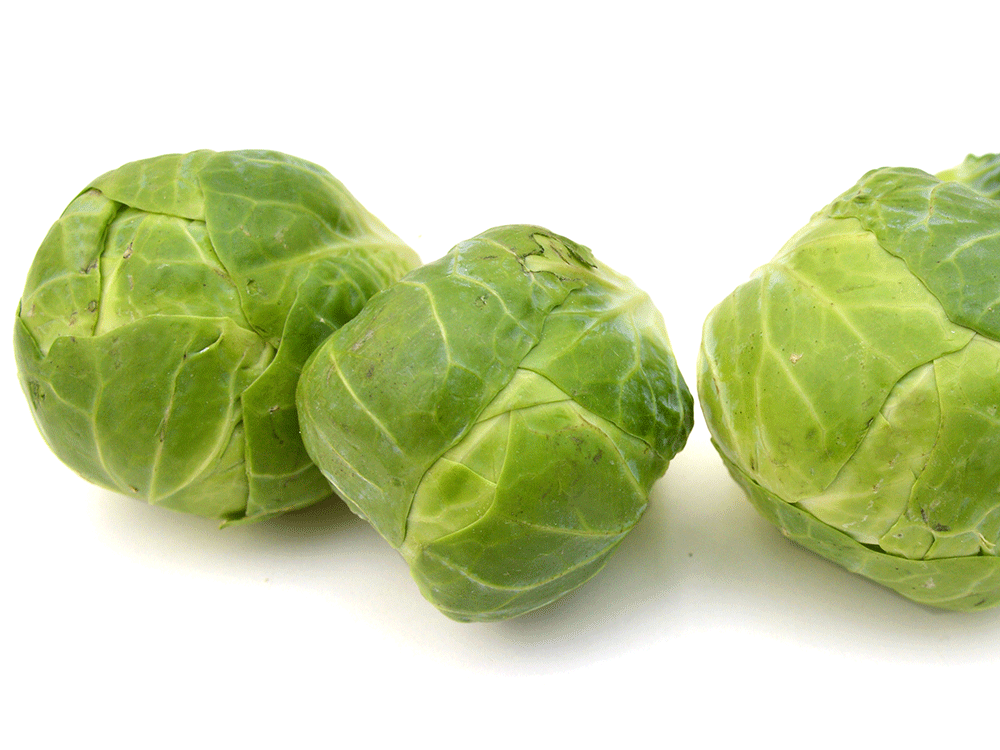
How to Pick the Best Produce at the Farmer’s Market
May marks the beginning of farmer’s market season, with fresh, seasonal, locally-grown produce lining market stalls and grocery store shelves across the country. This handy buying guide will help you understand what to look for in local fruits and vegetables—and when your favourite varieties might show up at a vendor near you.

Spring at the Farmer’s Market: A Buying Guide
When wild leeks appear, farmer’s market season has begun. Look for a firm bulb and a green leaf. “They’re best bunched and standing in an inch or two of water for better preservation when travelling to market,” says Sherry Patterson, owner of Chick-a-biddy Acres, a 72-acre farm near Peterborough, Ont. Since they grow in the wild, ask suppliers to confirm they’re harvested sustainably.
By late May, you’ll start to see asparagus, which should be a vivid green colour with stems that are firm yet bendable. Avoid specimens with tiny yellow flowers (which mean the plant has gone to seed) or dry, crispy tips (which suggest the vegetable has been improperly stored). There may still be a slight nip in the air, making locally produced greens zesty and flavourful. In June, those who use greenhouses to extend the season should have full salad mixes and English-style cucumbers on offer.
Here are 10 Great Green Vegetable Recipes for you to try!

Summer at the Farmer’s Market: A Buying Guide
July brings onions, carrots, berries, zucchini and other summer squash. It’s also time for tomatoes. Patterson recommends trying different heirloom varieties: “Some are tart, some sweet like candy, some meaty, some juicy.” Each type has different indications of ripeness, but the goal is to select fruits that have hit the perfect sweet spot—not too firm and not too soft.
In August, expect potatoes, chard, turnips, celery and collard greens. When fresh corn arrives at the end of the month, look for full, uniform kernels. The tuft on the end should be brown and dried out; this indicates it was left on the stalk long enough.
Tired of throwing out spoiled berries? This One Simple Trick Will Make Your Strawberries Last Longer!

Fall at the Farmer’s Market: A Buying Guide
The first frosty nights benefit September harvests. When temperatures drop, vegetables such as Brussels sprouts convert their starch stores into sugar to keep the water in their cells from freezing—and they taste sweeter as a result. Patterson suggests buying sprouts on the stalk, so you can see how they’ve been grown and make sure the leaves aren’t wilting.
When choosing underground vegetables, make sure they aren’t split or dry, indications that they haven’t been stored properly. “There should be a firmness and a smell of earthiness,” says Patterson. “Look for bruising or nicks that could cause rotting.”
Here are 9 Summer Foods That Are Healthier Than You Thought!